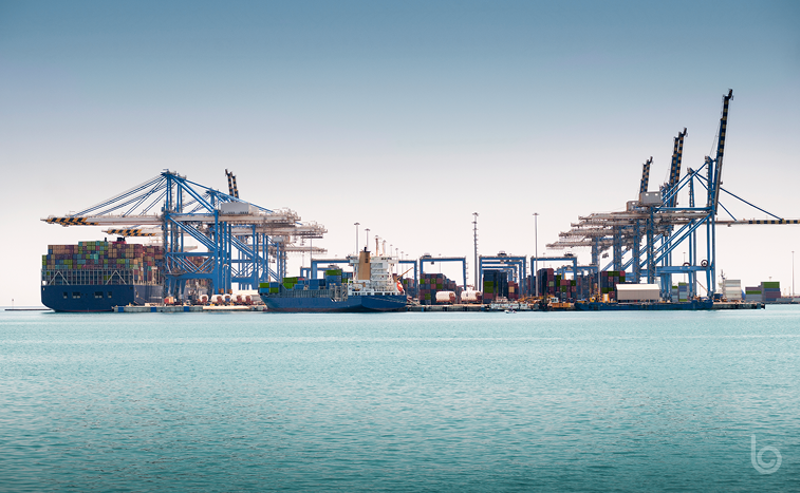 By Andy Murden, Sales Director
By Andy Murden, Sales Director
Looking back 15 years ago at my time working near the Port of Jebel Ali in Dubai, my perception of ports was that they were old-fashioned, dirty and congested. Though port congestion is still a present-day reality, I was surprised by what I learned from attending the Smart Digital Ports Conference in Rotterdam this past week. In this blog, I’ll be sharing some new insights I gained about the industry and the direction it seems to be headed.
Ports Are Now Technology-Driven
One of the most surprising takeaways from the event was that most of the major ports are in the process of digitizing their operations and looking for solutions that incorporate artificial intelligence (AI) and blockchain. Ports are much farther advanced in technology than I previously imagined, and the majority have recognized the need for digital innovation, taking steps which have made them major leaders of technological change in their field.
Port authorities and terminals are evaluating any technology that will help them optimize, aiming to be more efficient while saving costs in this digital age. Some technologies they’re considering include: autonomous ships, replacing motor carriers with overhead rail and utilizing dock sensors to know when a ship has been docked.
Main Challenge to Digitization for Ports
From the event, I also learned that though leaders in the port industry see the value in embracing technology, they recognize that they will have to take a phased approach to onboarding it. A challenge that arises from this is that leaders will have to evaluate the different technology offerings to determine which solutions to invest in first, based on where they’ll find the best return on investment.
The Future of Ports
Another insight I gained from attending is that ports are essentially larger-scale, open warehouses. For the past 30 to 40 years warehouses have been using automation to drive efficiency and optimize their operations. This same technology can also be used in ports to help move containers and reduce the amount of labor needed.
In addition, at the event many port authorities and terminals concluded that they need to collaborate with one another and third parties to exchange data. By doing so, ports will be able to gain efficiency and insight to reduce the time ships stay within ports. This will then enable them to increase the amount of ships that can come into their ports and serve end customers more efficiently.
Overall, the event provided an interesting insider perspective to the port industry. Learn more about how ports and terminals are using data-driven solutions with Blume Global in our product sheet here.
contact us
Contact Us

